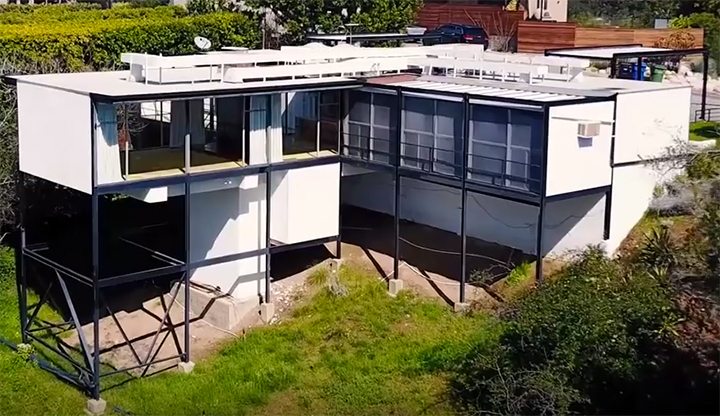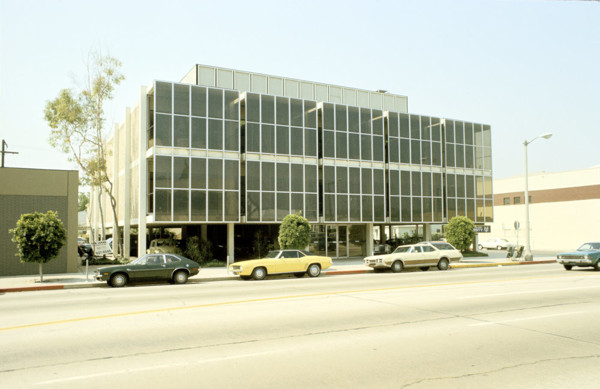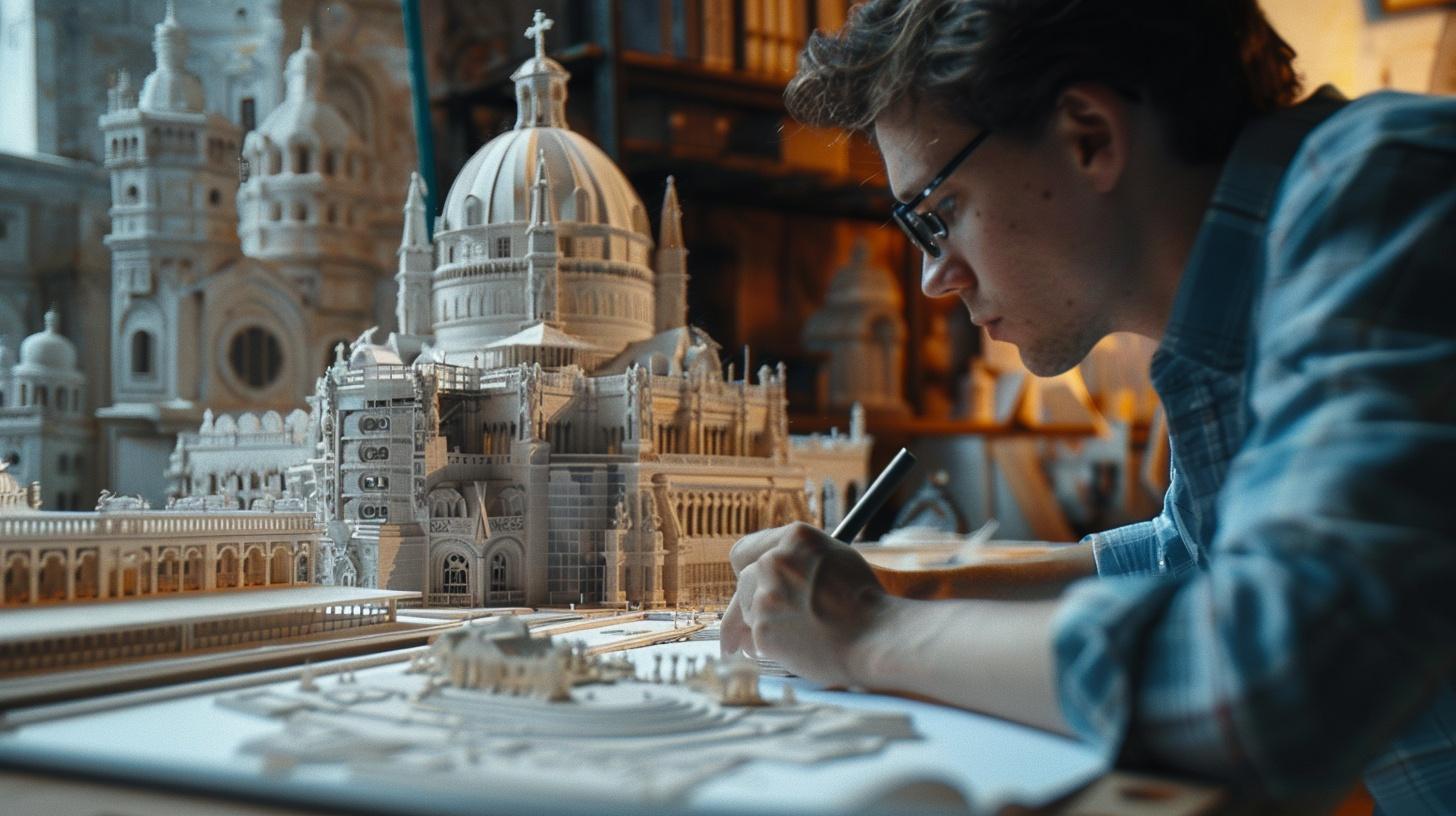
The Legacy of Craig Ellwood in Contemporary Architecture

Craig Ellwood, born as Jon Nelson Burke on April 22, 1922, left an indelible mark on contemporary architecture, despite his unconventional path into the field. His journey from a radio operator in the U.S. Army Air Corps to an acclaimed architect in Los Angeles is a testament to his talent, ambition, and vision. Ellwood’s architectural legacy, rooted in the fusion of Miesian formalism and California modernism, continues to influence designers worldwide.

Latest
Other Topics
Let’s Talk About Craig Ellwood’s Early Years
Ellwood’s story begins in Clarendon, Texas, where he was born as Jon Nelson Burke. Like many families during the 1920s, his moved westward, settling in Los Angeles in 1937. After serving in World War II, Ellwood returned to Los Angeles, where he co-founded the Craig Ellwood Company, later adopting the name Craig Ellwood as his own. Despite lacking formal architectural training, Ellwood’s innate design talent and entrepreneurial spirit propelled him into the world of architecture.
Career and Contributions
In 1948, Ellwood joined Lamport Cofer Salzman (L.C.S.), where he honed his skills in construction cost estimation and structural engineering. His passion for design led to the establishment of Craig Ellwood Design in 1951, marking the beginning of his architectural career. Ellwood’s early projects, including Case Study House 16, garnered attention for their innovative use of materials and clean, minimalist aesthetic.
As Ellwood’s reputation grew, so did his influence on the architectural landscape. He embraced the principles of the International Style, particularly those espoused by Mies van der Rohe, and his designs epitomized the mid-century modernist ethos of simplicity, functionality, and spatial clarity. Despite not being a licensed architect, Ellwood’s lectures at prestigious universities and his role as a design educator further solidified his status as a leading figure in architecture.
Notable Projects and Achievements
Throughout his career, Ellwood’s portfolio expanded to include residential and commercial projects, each reflecting his signature style. Notable works such as the Smith House and the Art Center College of Design exemplify his mastery of form, space, and materiality. His collaboration with James Tyler on the Art Center building stands as a testament to his enduring influence on architectural practice.
Ellwood’s legacy extends beyond his built works; it encompasses his role as a mentor and his contributions to architectural discourse. His emphasis on innovation, efficiency, and timeless design principles continues to inspire architects and designers today. Craig Ellwood was not only a remarkable body of work but also a visionary whose impact transcends generations.
Craig Ellwood’s Design Philosophy
Craig Ellwood’s design philosophy was rooted in the principles of modernism, characterized by simplicity, functionality, and a deep appreciation for the interplay of form and space. Drawing inspiration from the works of Mies van der Rohe and other International Style architects, Ellwood crafted a distinctive aesthetic that emphasized clean lines, geometric shapes, and the use of industrial materials such as steel and glass.
Honesty and Openness
Central to Ellwood’s approach was the belief in architectural honesty – the idea that a building’s structure and materials should be expressed openly and honestly, without unnecessary embellishment or ornamentation. This ethos is evident in his designs, where every element serves a purpose, contributing to the overall harmony and coherence of the space.

Modular Construction Techniques
One of Ellwood’s key innovations was his use of modular construction techniques, which allowed for greater efficiency and flexibility in building design. By prefabricating components off-site and assembling them on-site, Ellwood was able to streamline the construction process while maintaining a high level of quality and precision. This approach not only reduced costs but also minimized waste and environmental impact, reflecting Ellwood’s commitment to sustainable design practices.

Spatial Composition
Another hallmark of Ellwood’s work was his mastery of spatial composition, where he skillfully manipulated light, shadow, and perspective to create dynamic and visually captivating interiors. Whether designing a private residence or a commercial building, Ellwood paid careful attention to the interplay of light and space, creating environments that were both functional and aesthetically pleasing.

Craig Ellwood’s Influence on Architectural Education
Ellwood’s legacy in contemporary architecture lies not only in his built works but also in his enduring influence on architectural education and discourse. As a lecturer and educator, Ellwood inspired countless students to embrace modernism and explore new possibilities in design. His writings and lectures continue to resonate with architects and designers today, serving as a guiding light for those who seek to push the boundaries of architectural innovation.

Celebrating Ellwood’s Iconic Projects
Before concluding our exploration of the legacy of Craig Ellwood, it’s essential to shine a spotlight on some of his most iconic projects, each a testament to his visionary approach to architecture.
Smith House, 1955
One of Ellwood’s crowning achievements is the Smith House, completed in 1955. Situated in Los Angeles, this residence exemplifies Ellwood’s mastery of form and materiality. Characterized by its sleek lines and expansive use of glass, the Smith House seamlessly integrates indoor and outdoor spaces, blurring the boundaries between the built environment and nature. Its minimalist aesthetic and attention to detail have cemented its status as a modernist masterpiece.

Art Center College of Design’s Hillside Campus, 1976
Another standout project is the Art Center College of Design’s Hillside Campus, completed in 1976. Working in collaboration with James Tyler, Ellwood designed a series of buildings that cascade down the hillside, creating a dynamic and visually striking campus. The use of exposed steel and concrete reflects Ellwood’s commitment to architectural honesty, while the dramatic interplay of light and shadow enhances the overall spatial experience.

Carson-Roberts Office Building in West Hollywood
Beyond his residential and institutional projects, Ellwood also made significant contributions to commercial architecture. His design for the Carson-Roberts Office Building in West Hollywood showcases his innovative use of modular construction techniques and his ability to create functional yet aesthetically pleasing work environments. The building’s clean lines and open floor plans have made it a sought-after destination for businesses seeking modern office space.

A Mentor and Educator To Many
Ellwood’s legacy extends beyond his built works; it encompasses his role as a mentor and educator. Through his lectures and writings, he inspired a new generation of architects to embrace modernism and explore the possibilities of architectural expression. His influence can be seen in the work of designers worldwide, who continue to draw inspiration from his timeless aesthetic and innovative spirit.
As we reflect on the legacy of Craig Ellwood, we are reminded of the enduring power of architecture to shape our lives and communities. His vision, creativity, and commitment to excellence serve as a beacon for architects and designers striving to make a positive impact on the world.


